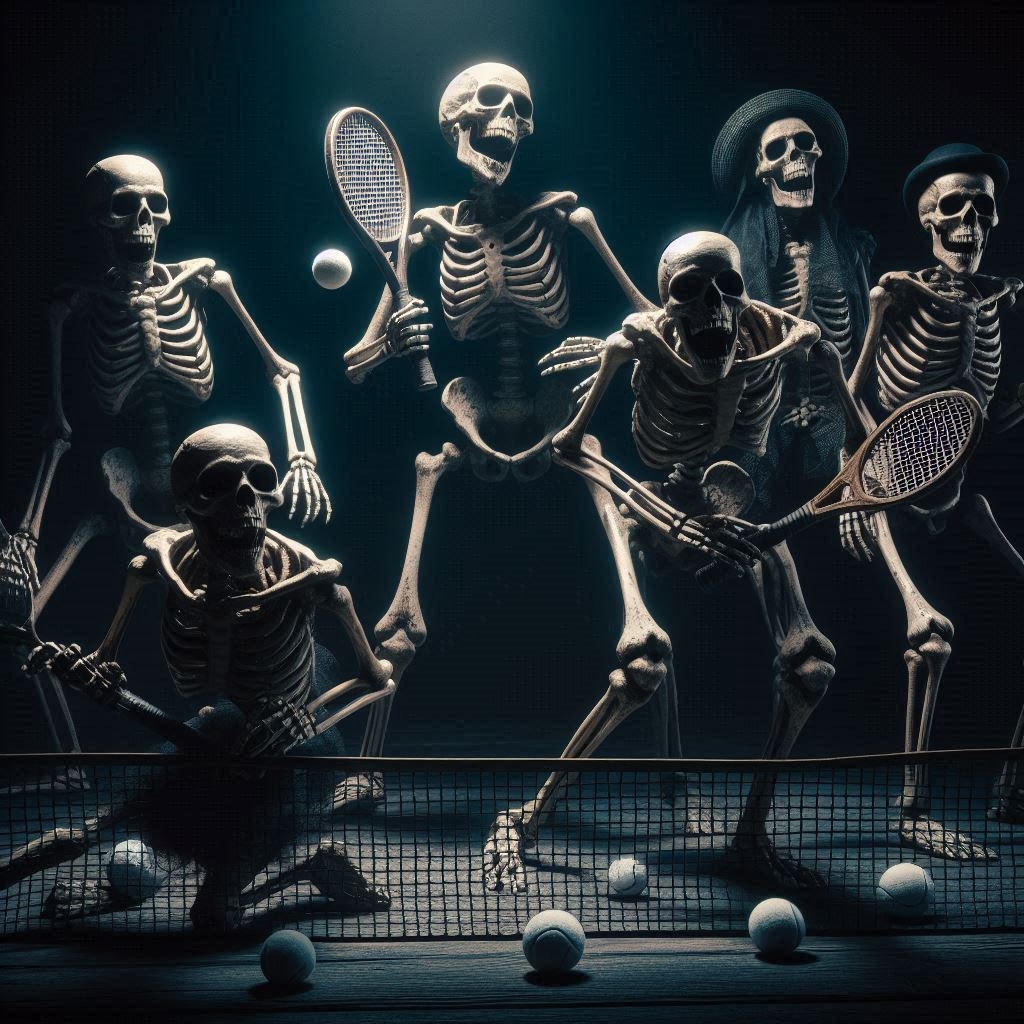
The Decline in Fan Fare
The excitement and energy of live sports broadcasts have long been a staple of fan culture. For many, gathering around the television to watch their favorite teams play has been a cherished tradition. However, in recent years, there has been a noticeable decline in fanfare, largely due to the reduction of free-to-air live sports broadcasts. As more games move to subscription-based channels, fans are finding it increasingly difficult to access live sports without paying hefty fees. This shift has significant implications for fan engagement and the overall sports culture.
The Golden Age of Free-to-Air Sports
There was a time when free-to-air television was the primary medium through which fans accessed live sports. Whether it was football, cricket, rugby, or the Olympics, major sporting events were broadcast on public television, making them accessible to everyone. This inclusivity allowed fans from all walks of life to share in the joy of live sports, fostering a strong sense of community and enthusiasm. Families, friends, and neighbors would gather to watch games, creating lasting memories and traditions.

The Shift to Subscription-Based Models
Many major sporting events have shifted to subscription-based channels and streaming services. While this has provided fans with more viewing options and high-definition coverage, it has also created barriers for those who cannot afford these services. The exclusivity of live sports on paid platforms means that a large portion of the population is left out of the action, unable to participate in the communal experience of live sports. The power of this platform is going.
Impact on Fan Engagement
The reduction in free-to-air live sports broadcasts has had a noticeable impact on fan engagement. The thrill of watching a game live, with its spontaneous moments and emotional highs and lows, is difficult to replicate through highlights or post-game analysis. Without the accessibility of live broadcasts, fans may feel disconnected from their favorite teams and players. This disconnection can lead to a decline in overall interest and enthusiasm for the sport.
Loss of Tradition and Community
Live sports broadcasts on free-to-air television were more than just a form of entertainment; they were a cultural phenomenon. The tradition of watching live games together helped build strong communities and fostered a sense of belonging. With the shift to subscription-based models, these traditions are at risk of fading away. The spontaneous gatherings, communal celebrations, and shared disappointments that came with live sports are becoming less common, leading to a loss of the collective experience that was once a hallmark of fan culture.
The Need for Inclusivity
As the world of sports broadcasting continues to evolve, it is crucial to consider the importance of inclusivity. While subscription-based services offer many benefits, it is essential to ensure that live sports remain accessible to all fans, regardless of their financial situation. Finding a balance between paid and free-to-air broadcasts can help maintain the enthusiasm and passion that make sports such a vital part of our culture. Ensuring that everyone has the opportunity to experience the excitement of live sports can help preserve the traditions and community spirit that are central to fan culture.

Impact on Struggling Sports Teams
For sports teams already grappling with financial or performance challenges, the reduction in free-to-air live broadcasts can exacerbate existing problems. These teams often rely heavily on fan support and engagement to sustain themselves. When live games are less accessible to fans, the immediate effects are evident in dwindling audience numbers and reduced engagement.
Financial Strain
Reduced viewership means lower ad revenue, which can be a critical source of income for struggling teams. This financial strain can lead to budget cuts, affecting everything from player salaries to training facilities and youth development programs.
Diminished Fan Base
Teams already struggling to maintain a loyal fan base might find it even harder to attract and retain supporters. The lack of live broadcasts limits the exposure of these teams, making it difficult to build enthusiasm and connect with potential new fans.
Performance Pressure
The support of a live audience can be a significant morale booster for teams, particularly those facing difficulties. When games are broadcast live and free-to-air, the roar of the crowd, even from home viewers, can provide much-needed encouragement. Without this, players may feel isolated and under greater pressure, potentially impacting their performance.
Community Support
Struggling teams often rely on the support of their local communities. Free-to-air broadcasts help maintain a connection with these communities, ensuring that the team remains a source of local pride and engagement. Without accessible broadcasts, this community support can wane, further isolating the team.
Sponsorship Challenges
Sponsors are attracted to teams with strong fan engagement and wide visibility. When live games are less accessible, it becomes harder for teams to secure and retain sponsorship deals. This can lead to a vicious cycle where lack of funding results in poorer performance, further diminishing fan interest and sponsorship opportunities.
Short-Term Effects
———————–
Reduced Accessibility
Immediately, many fans find themselves unable to watch live sports due to the cost of subscription services. This limits access for those who cannot afford the extra expenses, particularly impacting younger audiences, low-income households, and casual fans who might not justify the cost for occasional viewing.
Decreased Fan Engagement
Without the thrill of live broadcasts, there’s a drop in real-time fan engagement. The spontaneity and excitement of watching a game live cannot be fully replicated through highlights or delayed broadcasts, leading to a diminished connection with the sport.
Impact on Community and Tradition
The traditions of gathering with friends and family to watch live games on free-to-air TV begin to fade. This results in a loss of communal experiences and shared moments that have been integral to building fan communities.

Long-Term Effects
——————–
Erosion of Fan Base
Over time, the lack of accessible live broadcasts can lead to a decline in the overall fan base. New fans may be less likely to develop a strong connection to the sport without regular exposure, and existing fans might drift away due to the inconvenience and cost.
Economic Impact on Teams and Leagues
As fan engagement decreases, there can be a ripple effect on merchandise sales, ticket sales, and overall revenue for teams and leagues. Fewer fans may mean lower attendance at games and less spending on team-related products.
Reduced Diversity and Inclusivity
The shift to subscription-based models can exacerbate existing inequalities, making sports viewing an exclusive activity rather than an inclusive one. This could lead to a less diverse fan base and a potential loss of cultural richness in fan communities.
Impact on Youth Participation
With fewer children and young people watching live sports on TV, there might be a decline in interest and participation in sports. Exposure to live sports often inspires young athletes, and without it, the pipeline of new talent might shrink.
Altered Media Landscape
The media landscape could shift significantly, with traditional broadcasters losing viewership and influence. This could lead to further consolidation of sports coverage under a few large, subscription-based entities, reducing the variety and independence of sports media.
The long and short-term effects of this shift are profound and multifaceted. Ensuring that live sports remain accessible to a broad audience is essential for maintaining the vibrant culture and community that sports bring to society.
Conclusion
The decline in free-to-air live sports broadcasts has had a significant impact on fanfare and engagement. As more games move to subscription-based channels, many fans are left without access to the live sports experiences that they once enjoyed. This shift not only affects individual fans but also erodes the traditions and sense of community that have long been associated with live sports. To maintain the vibrant culture of sports fandom, it is essential to find ways to make live sports accessible to everyone, ensuring that the joy and excitement of live games can be shared by all.
Join the Discussion
How has the reduction in free-to-air live sports broadcasts affected your experience as a fan? Do you think there are solutions to make live sports more accessible again?
#FreeToAirSports #SportsBroadcasting #FanEngagement #AccessibleSports #SportsCommunity #LiveSports #SubscriptionServices #SportsFandom #FanExperience #SportsTraditions #InclusiveSports #SupportOurTeams #SportsAccessibility #CommunitySupport #FanCulture #SportsFans #EconomicImpact #TeamSpirit #CulturalPhenomenon #SportsTradition #YouthSports #DiverseFanBase #SportsSponsorship #TeamBranding #LiveGameExperience #LocalSupport #SportsEconomy #StrugglingTeams #SportsInclusion #BroadcastingShift #SportsPassion






Hey there! Do you know if they make any plugins to protect against hackers? I’m kinda paranoid about losing everything I’ve worked hard on. Any recommendations?
I was reading through some of your articles on this site and I believe this web site is very informative ! Keep on putting up.
Wow that was strange. I just wrote an extremely long comment but after I clicked submit my comment didn’t appear. Grrrr… well I’m not writing all that over again. Anyway, just wanted to say superb blog!